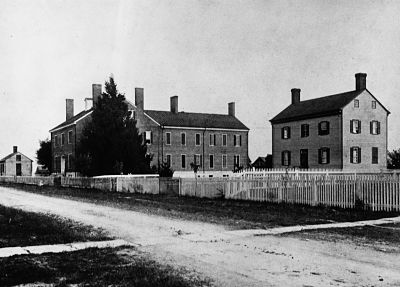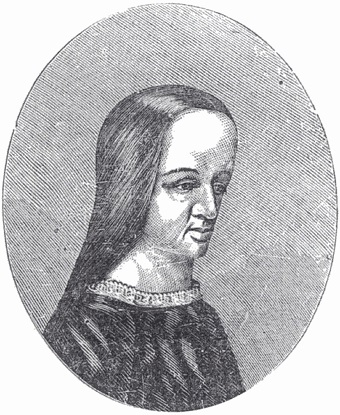Jacob Glover, PhD. Program Manager
“About midnight last night, a band of mounted highway robbers, 6 in number, entered our quiet village, armed to the teeth, & proceeding to the Post Office…” – April 29, 1865
Traditional accounts of the American Civil War often end on April 9, 1865. On that famous date, of course, Robert E. Lee surrendered the Army of Northern Virginia to Ulysses S. Grant at Appomattox Court House.
The violence unleashed by the war, however, could not be stopped by a formal surrender. In the months following the war in Kentucky, guerilla bands and outlaws held sway in many areas of the Commonwealth. Although the freedmen and their families were often the targets of these vigilante groups, on other occasions the Shakers at Pleasant Hill drew their attention.
On the night of April 29, 1865, that is exactly what happened. The lengthy journal entry below gives an idea as to the desperate situation in which the Shakers found themselves.

Photo c. 1870s.
“April 29, 1865. About midnight last night, a band of mounted highway robbers, 6 in number, entered our quiet village, armed to the teeth, & proceeding to the Post Office… Every apartment in the house was forced open in a vain search for pelf; & being providentially disappointed in their booty, which did not exceed 30 dollars, they sallied forth, & surrounded the brick Office, the leader of the band giving orders to take Bryant the Trustee, dead or alive – to force him to deliver the contents of his coffers – when they demanded entrance, & commenced battering at the front door & smashed in a window, cursing & threatening vengeance. Meantime J. R. Bryant escaped at a back door, leaving M. Burnett & 3 or 4 sisters the only occupants, & gave the alarm at the Center Family, but being discovered by the sentinels, was fired on several times by these foul fiends in human shape, yet, by the protecting hand of God, escaped unhurt.

When some of the brethren arrived at the scene of the action, they were halted & threatened with immediate death by these demons, if they approached. The alarm was then rang which aroused the whole village in a state of excited alarm which so frightened these fiends incarnate, that they fled to their horses & beat a hasty retreat, firing a volley at every moving object & some of the buildings as they went. One ball passed through the side glass of the front door of the Office, & through the sash over the door at the far end of the hall, glancing the ceiling penetrating the dining room door at the extreme end of the porch… No clue to the diabolical traitors.”
Although no one was physically hurt, I can’t help but wonder what must have been going through the minds of the pacifist Shakers during this eventful and terrifying night. Such terror was not representative of life at Pleasant Hill throughout the nineteenth century, but the trying times of the Civil War seem to have left an impression everywhere.












